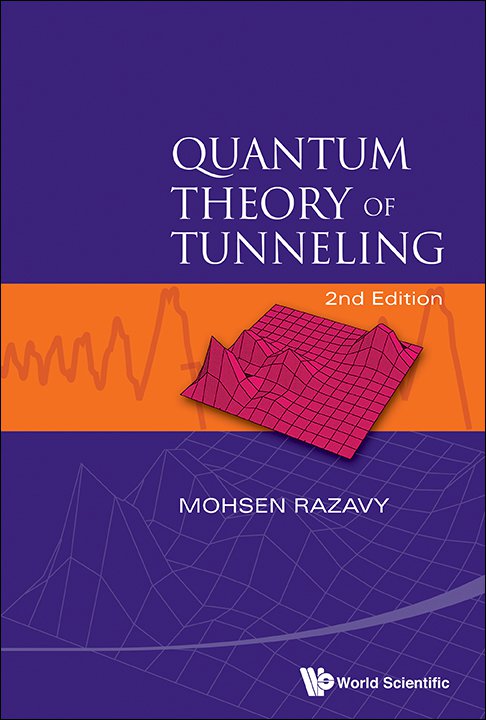Chapter 1: A Brief History of Quantum Tunneling
Three years after the discovery of natural radioactivity in 1896, Elster and Geitel [1],[3] found the exponential decay rate of radioactive substances experimentally. In 1900 Rutherford [2] introduced the idea of half-life of these chemicals, i.e. the time that the number of radioactive nuclei reach one-half of their original number. In 1905 Schweidler [4] showed the statistical nature of the decay. This means that the probability of disintegration of a nucleus does not depend on the time of its formation and also the time that a particular nucleus decays can only be predicted statistically. This idea was verified empirically by Kohlrausch [5] in 1906. Later experiments showed that the decay width Γ, which is related to the half-life τ by 






